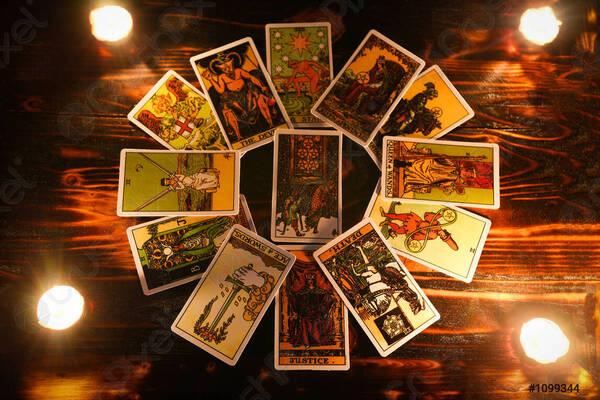Sisemite
The Sisemite is a legendary creature from Central American folklore, bearing striking similarities to North America’s Bigfoot. Reported primarily in Guatemala, Honduras, and Nicaragua, the Sisemite is described as a large, upright, hair-covered being, generally male in character, and deeply feared yet respected in indigenous traditions. According to Ivan T. Sanderson, who catalogued numerous cryptid accounts across the globe, regional stories describe the Sisemite as a powerful being known for abducting women—often for the purposes of procreation or companionship, a recurring motif in global wildman legends.
Among the Chorti Maya of Guatemala, the Sisemite is believed to be taller than any man, with thick, coarse hair that flows all the way to the ground. These creatures are said to walk with long, exaggerated strides and are rarely seen up close, as they tend to dwell in remote, mountainous terrain far from human settlements. At night, chilling screams and howls can sometimes be heard echoing from the hills, sounds that the Chorti attribute to the Sisemite. Far from being seen solely as a menace, these beings are also regarded as guardians of the wilderness, protectors of wild animals and the forests themselves. However, encounters with lone hunters have been described as dangerous—there are tales of Sisemites ambushing men traveling solitary trails through the jungle, often interpreted as punishment for violating the sanctity of the wilderness.
Like many folkloric beings, the Sisemite is known by different names across regions, with each variation reflecting local culture and beliefs. Along the Mosquito Coast, for example, similar tales are told of a creature known as the Ulak or Uluk. The Ulak is said to be a tailless, ape-like beast that dwells on isolated, mist-shrouded mountain ridges still largely unexplored by modern expeditions. Though slightly smaller than the Sisemite—standing around five feet tall—the Ulak walks erect and is entirely cloaked in jet-black fur. It too is reputed to abduct humans, usually of the opposite sex, and is a figure of fear in coastal communities. Locals report that the Ulak avoids human interaction unless provoked or if it seeks to capture a mate.
Among other groups, the names for this elusive hominid vary: the Rama and the Creole peoples of Nicaragua call it the Yoho or Yuho, while the Paya and Ladino communities refer to it as Sisemite or sometimes Chichimite, a term that may have deeper colonial or linguistic roots blending Spanish and indigenous influences. According to oral histories, sightings of this strange being have persisted into modern times. In particular, some tribal elders claim that over the past forty years, the Sisemite—or its Ulak equivalent—has occasionally been seen in the Guarunta Mountains, a rugged, forested range stretching north of the lower Río Coco, an area still largely undeveloped and rich in cryptozoological lore.
Whether regarded as a wildman, forest spirit, or reclusive humanoid species, the Sisemite and its regional variants reflect a broader human fascination with hidden beings that dwell on the edge of the known world. They straddle the boundary between myth and reality, symbolizing both fear of the unknown and reverence for the untamed natural world.
SOURCE:
The Encyclopedia of Loch Monsters,Sasquatch, Chupacabras, and Other Authentic Mysteries of Nature
Written by Loren Coleman and Jerome Clark – Copyright 1999 Loren Coleman and Jerome Clark










